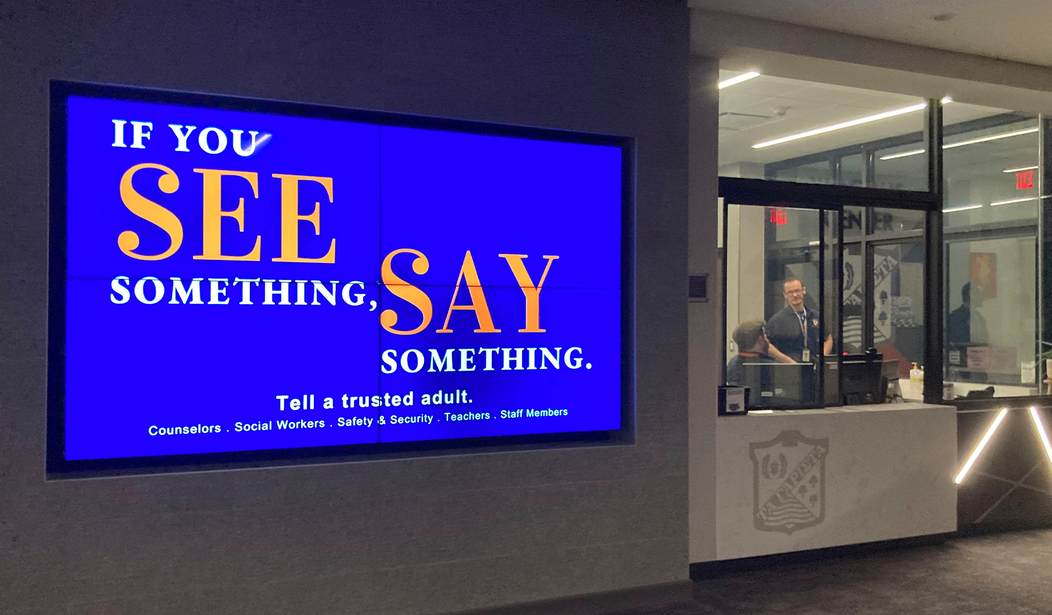Trigger warnings have been flooding every type of media since the late 1990s, beginning with cautions about news items including graphic descriptions of sexual assaults. Some of these warnings were actually quite useful, particularly for people who might be easily traumatized by disturbing news. In the modern era, of course, trigger warnings have expanded to include any opinions that content moderators might disagree with. But a recent study out of Australia claims that all of this hemming and hawing has really been for nothing. That’s because trigger warnings don’t actually work. In fact, the warnings may be creating more trauma and stress than the content itself. (Washington Examiner)
A recent meta-review of 12 other studies on the efficacy of “trigger warnings” conducted by Australian experimental psychologist Victoria Brigland confirms what clinical psychologists have long understood: trigger warnings don’t work. Instead of reducing the stress students feel upon encountering sensitive subjects, they only make it worse.
This should come as no surprise. Brigland’s study confirms what research on the subject has shown for years. For instance, a recent Harvard study demonstrated that students who receive trigger warnings report greater anxiety than those who don’t. Another study even suggested that trigger warnings prolong the distress of negative emotions .
The study focused on college students, but it could just as easily apply to any consumers of online content. Interestingly, the researchers found that content warnings haven’t become less effective or more stressful. The problem comes with the question of who is making the decision to apply the warnings. Those people don’t tend to be experts in psychology, but instead are usually “political activists who eschew scientific rigor and reward ideological conformity.”
Is anyone really surprised? This is the same pattern that’s been observed in the more recent surge in labels warning against “misinformation” and “disinformation.” You can find them on virtually every social media platform these days, though somewhat less so on Twitter since Musk bought it. Rather than actually trying to provide “protection” to anyone, these labels are simply censorship tools in disguise.
Examples abound. You can browse Facebook on any given day and find such labels on anything that is critical of government COVID policies. And yet those same pages will display claims that transgender surgeries or hormone treatments are totally “reversible” and “necessary health care” without any content warnings in sight. (Spoiler alert: They aren’t reversible at all.)
The Australian study goes further, pointing out that rather than being helpful, trigger warnings can actually thwart the process of healing for people experiencing genuine trauma or distress. They offer the example of a person who had a bad experience with spiders and developed severe arachnophobia. Psychiatrists agree that the best way to treat these types of PTSD is through a process of “exposure therapy.” Patients are taught to gradually face up to the source of the trauma until they are able to deal with it more effectively.
Trigger warnings do the opposite. They instill fear in legitimately traumatized people before they are even exposed to the content, leading them to continue to panic and run away at every turn.
But as I mentioned above, those therapies are only intended for people dealing with actual significant trauma. How many people do you suppose actually go into a panic attack if they see a tweet mentioning a crisis pregnancy center as perhaps being a better option than an abortion clinic? The answer is likely very close to zero. These “content warnings” are nothing more than a way to silence voices that don’t conform to The Narrative.








Join the conversation as a VIP Member